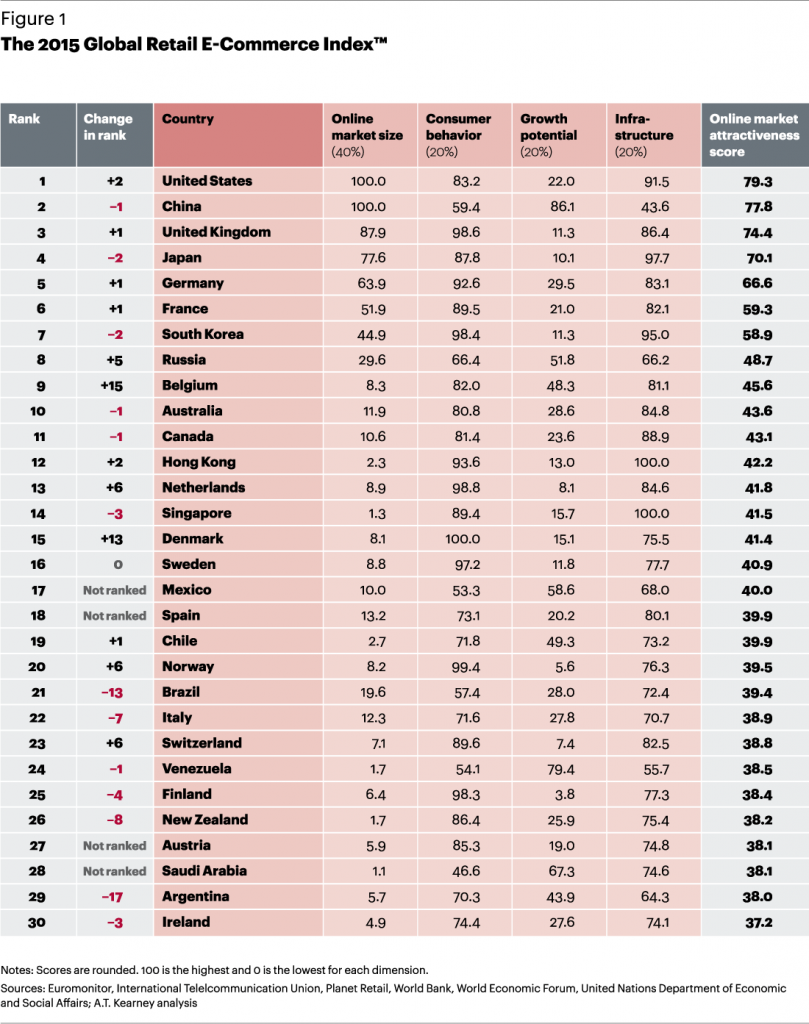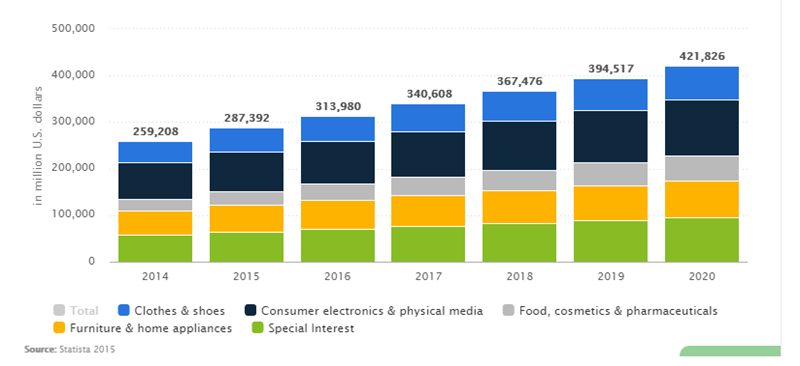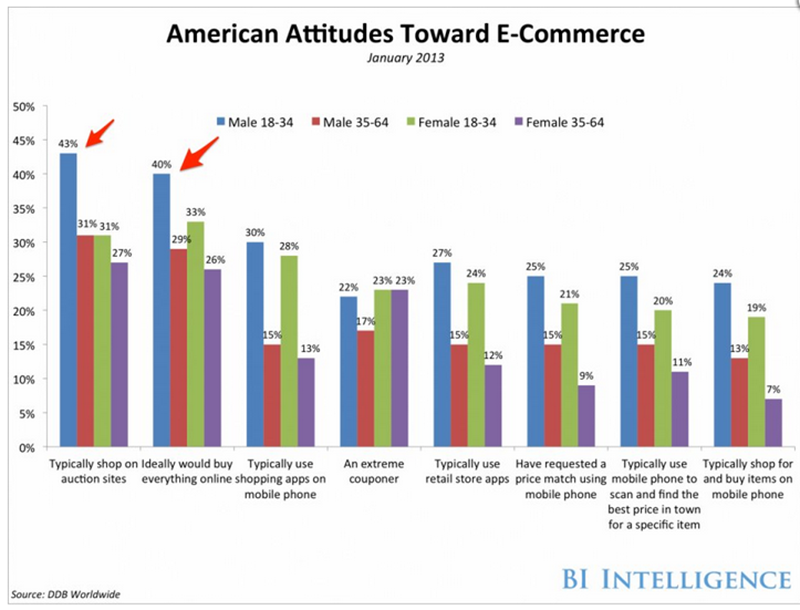
Popular E-commerce Platforms- Magento is still the industry leader
When it comes to starting an online store,there are many things to take into consideration. One of the most important part of this puzzle is which platform to use to power your e-commerce store.
As many know, Magento is an E-commerce platform built on open source technology. It provides online merchants with a flexible shopping cart system, as well as control over the look, content and functionality of their online store.
And, WooCommerce is a free E-commerce plugin that allows you to sell anything, beautifully. Built to integrate seamlessly with WordPress.
– research by aheadworks
As the chart shows Magenta and WooCommerce dominate 50 % of E-commerce the market.And why?
If you are a WordPress website owner/user and you would like to create your online store within it, it is logical that you would choose WooCommerce. It is simple to handle after you have got familiar with using WordPress and there are numerous video tutorials on the subject. At the same time, the basics of Magento can be quite easy.
It is a must for an E-commerce platform to be able to handle an infinite number of products and to feature a shopping cart. No problem, both systems can do these. It is also important, however, to what extent you can customize your product features and functions as well as the whole shopping process. And this makes Magento the winner in this respect.
WooCommerce can run on an average hosting service. A Magento-based E-commerce store needs to have the company’s own server or, even better, it is well worth the money to use a cloud based system.
Design is an important issue:
If it is not displayed perfectly on all devices, from smartphones to PCs, then you simply miss a significant part of your potential customers. WooCommerce can be integrated with WordPress without a hassle, thus responsiveness is usually not a problem. You can browse among a good number of themes, some are free, but most are paid themes. However, these are still cheaper than to hire front end and back end developers and graphic artists to create a custom design for every page with a Magento project.

Industry Based E-commerce Statistics and Forecast from Statista
Industry Based E-commerce Statistics and Forecast from Statista > According to Statista
In 2013, statistics show global e-retail sales amounted to 839.8 billion U.S. dollars. Projections show a growth of up to 1.5 trillion U.S. dollars by 2018. North America is currently the largest regional market for online shopping. With sales worth some 126 billion U.S. dollars reported in 2013, more than double the amount in 2008.
The Asia and Oceania region is also becoming strong, especially due to China’s economic boom, with an estimated eight fold increase in sales between 2008 and 2018. On the other hand, according to statistics, the unprecedented worldwide B2C e-commerce sales growth is expected. Global B2C e-commerce sales grew 19 percent compared to the previous year in 2013, but in 2018 forecast expect growth of only 10 percent. In Europe, the United Kingdom is by far the largest market for B2C e-commerce, with a turnover of 107 billion Euros in 2013, twice the amount of the second ranked, France.
Also the mobile shopping has been on the rise, with customers increasingly using their mobile devices online shopping. According to a 2015 study regarding mobile shopping penetration worldwide, 46 percent of internet users in the Asia Pacific region purchased whether smartphone or tablet computer. When and 20 percent of those in North America had purchased products via a mobile device. When asked whether mobile phones will become the main tool for purchasing goods in the future, some 9 percent of respondents in a survey strongly agreed. Opinions, however, differed according to region and country, where shoppers Denmark and Belgium rather disagreed. But those in China and India agreed the most. M-commerce sales in India have accounted for 11 percent of total retail sales in 2014 and were expected to grow to 25 percent by 2017, while in China, mobile online retail sales have grown by some 450 percent between 2010 and 2011 and are expected to continue growing in the future, although at much lower rates.
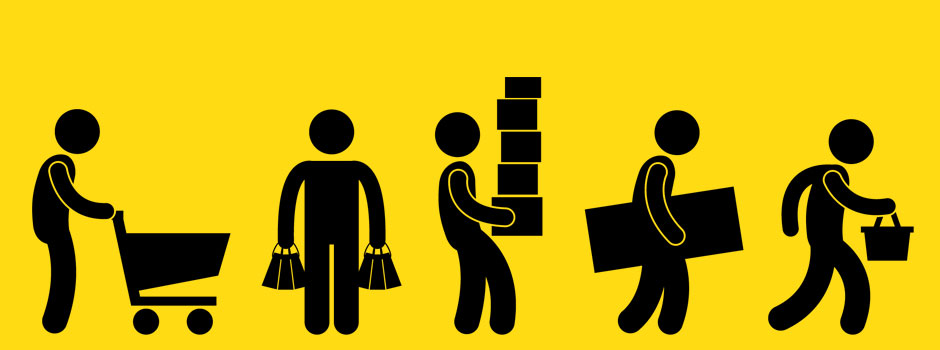
E-commerce Shopping Habits
E-commerce Shopping Habits >> Gender shopping from smartphones is nearly equal, according to Business Insider. Men shop from their handsets 22% of time as compared to women, who shop on the gadgets 18% of the time. Oddly enough, the tablet is the most valuable device for conversions, says Adobe, with consumers buying three times as often from a tablet over a smartphone. What’s more, tablet shoppers will spend 50% more than desktop users on a purchase.
Interestingly enough, one in four online shoppers is 54 or older, says Business Insider, narrowing the gap between generational spending. But, the report also inflects that men between the ages of 18-34 are the most likely demographic to make an online purchase, followed by males between the ages of 35 and 64, and females between the ages of 18 and 34, and females between the ages of 35 and 64.
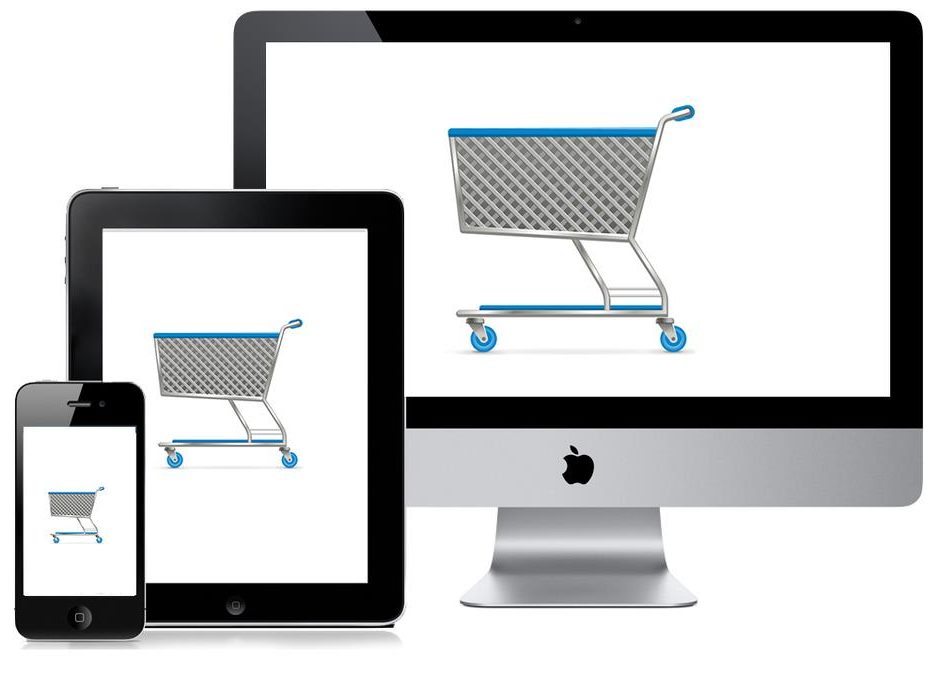
E-commerce orders in 2016-Q2, by devices ( US Dollars)
In 2016 Q-2 still traditional way of online shopping is the first but tablet users is going to catch them.This statistic provides information on the average order value of online shopping orders worldwide in the second quarter of 2016, differentiated by the type of device from which the order was made. During that quarter, online orders which were placed from a smartphone had an average value of 82.65 U.S. dollars.
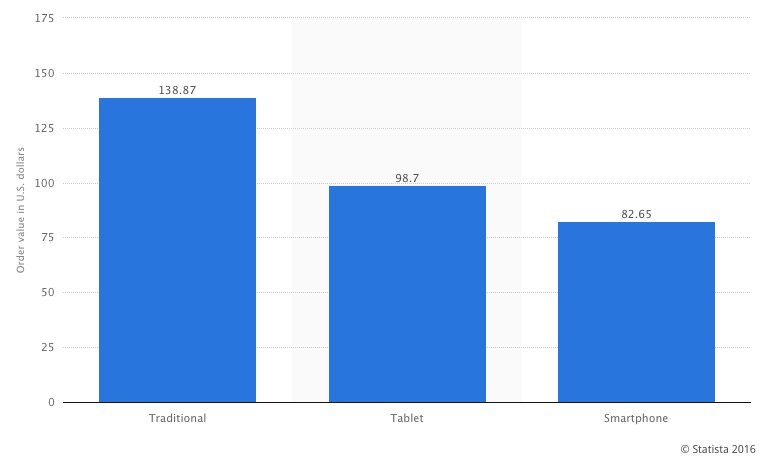
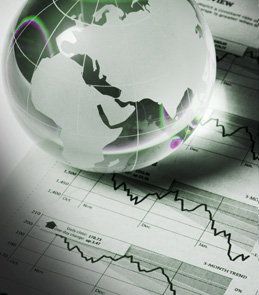
2015 Global Retail E-commerce Index
In markets big and small, retail e-commerce is maintaining its impressive growth.
The 2015 Global Retail E-Commerce Index highlights the big and the small: the countries that are always going to be e-commerce behemoths because of their size, and the smaller yet still-promising markets where potential matters more than size.
This dichotomy plays out in the results of this year’s Index: The world’s largest markets for e-commerce dominate the top half of the top 30, led by the United States, China, and the United Kingdom (see figure 1). In the bottom half are some smaller markets, such as Mexico, whose potential for growth is impossible to ignore.
